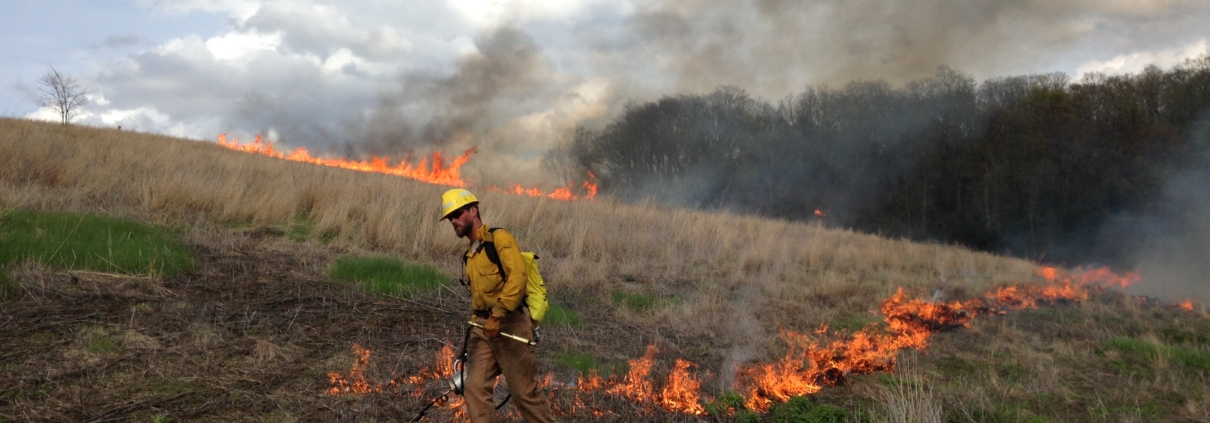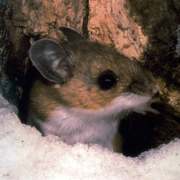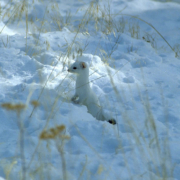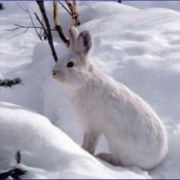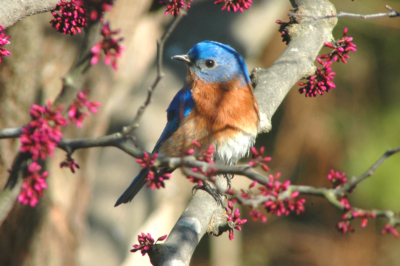The Nature of Fire
By now you’ve almost certainly heard about the massive wildfire that has devastated Fort McMurray, Alberta, nicknamed “the beast” by local firefighters. This wildfire has so far destroyed about 10% of the city of Fort McMurray, as well as hundreds of thousands of acres of native boreal forest in the surrounding area. As of this writing the fire is still not under control and additional evacuations have been ordered. The cause of the fire has not yet been determined.
Fires in nature act as a clearing mechanism for accumulated organic debris, and in some ecosystems fire is actually required to release seeds from pinecones or to stimulate seed germination. In North America, naturally-occurring fire regimes historically ranged from frequent, low-intensity fires that cleared the understory every few years, to infrequent, stand-replacing fires every few hundred years. However, the former is much more common, with many species in fire-adapted ecosystems able to withstand these low-intensity fires.
However, policies that result in the total suppression of wildfires in many areas has led to the accumulation of fuel on the forest floor – dried leaves and pine needles, branches, etc. If a fire burns through areas with this kind of accumulated fuel, the fire burns hotter, taller, and faster than the forest can withstand, leaving little unburned. You can see in this video from the Guardian the flames in the Fort McMurray wildfires were sometimes so tall and hot they engulfed entire mature trees.
Dry conditions like Alberta experienced this winter and spring increase the likelihood that fires will start from lightning strikes or other ignition sources. A dry fuel load and low humidity exacerbate the intensity of fires that do ignite.
One effective compromise between the need for fire to maintain fire-adapted ecosystems and the desire to protect homes, businesses, and wildlife from uncontrolled wildfires is to use controlled burns, in which land managers intentionally set, contain, and manage a controlled, low-intensity fire.
For more information about the Fort McMurray wildfire and the role of wildfires in ecosystems, I encourage you to read this article by Leyland Cecco, which uses the Fort McMurray wildfire to provide an in-depth analysis of the conditions that lead to the destructive power of these kinds of wildfires.
